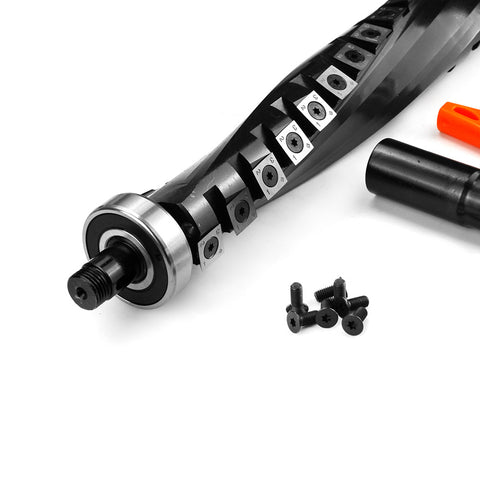Unraveling the Spiral vs. Helix Debate: Which Form Reigns Supreme?
Is helical better than spiral? This seemingly straightforward question belies a complex interplay of design, function, and context. To delve into the nuances of this debate, one must first understand the fundamental differences between these two forms and their respective applications across various disciplines.
Let's start with the spiral. A familiar shape, often seen in seashells, weather patterns, and the iconic spiral staircase, it is defined by a continuous curve that winds around a central point or axis. Spirals embody a sense of progression and expansion, symbolizing growth and evolution in both nature and human design. In architecture, spirals offer elegance and efficiency, maximizing vertical space while providing a fluid, visually appealing structure.
On the other hand, the helix introduces a twist-quite literally. Helical structures involve a three-dimensional spiral that also moves along an axis, but with the added dimension of rotation around that axis. This twist imparts strength and stability, making helices ideal for applications requiring load-bearing capabilities. DNA, the blueprint of life itself, adopts a helical structure, showcasing its efficiency in storing genetic information compactly yet accessibly.
In engineering, the choice between spiral and helical cutterheads often hinges on specific functional requirements. Take springs, for example. A coiled spring utilizes the spiral's simple elegance to store and release energy efficiently. However, when precision and durability are paramount, as in the case of screw threads or turbine blades, the helical form reigns supreme. Its rotational symmetry distributes forces evenly, reducing wear and enhancing longevity-a testament to the helix's engineering prowess.
Nature, too, provides compelling examples of both forms' effectiveness. The spiral shell of a snail grows outward, embodying mathematical perfection in its Fibonacci sequence, optimizing space and structure for protection and growth. Contrastingly, the double helix of DNA not only stores genetic information but allows for replication-a testament to the helix's functional superiority in molecular biology.
Beyond their physical manifestations, spirals and helices evoke different psychological responses. Spirals draw the eye inward, suggesting introspection and contemplation-a journey of self-discovery akin to following a labyrinthine path. In contrast, helices evoke motion and dynamism, suggesting progress and advancement-an ascent towards new heights or depths.
In art and design, the choice between these forms often reflects deeper philosophical or aesthetic considerations. Spiral motifs have adorned artworks since ancient times, symbolizing eternity, cyclical renewal, and the interconnectedness of life. Think of the spiraling patterns in Islamic architecture or the mesmerizing swirls of Van Gogh's Starry Night-they captivate and inspire, drawing viewers into a vortex of emotions and ideas.
Helical forms, by contrast, embody a more modern ethos-efficiency, precision, and innovation. From the sleek curves of a DNA model to the architectural marvel of the Guggenheim Museum's spiraling ramp, helices convey a sense of forward motion and structural integrity that resonates with contemporary sensibilities.
Yet, the superiority of one form over the other is not absolute but contextual. In mathematics and geometry, spirals offer elegance and simplicity, defining the golden ratio and embodying the beauty of natural proportions. Meanwhile, helices introduce complexity and depth, transforming linear structures into dynamic, multidimensional forms capable of withstanding the forces of nature and time.
Ultimately, the debate between spiral and helix transcends mere geometry-it encapsulates broader themes of functionality, symbolism, and human creativity. Each form brings its own unique strengths to the table, whether in art, science, or everyday life. The spiral invites us to explore the depths of our imagination and spirituality, while the helix propels us forward with its promise of innovation and resilience.
In conclusion, the question "Is helical better than spiral?" defies a singular answer. Instead, it invites us to appreciate the diversity of forms and their multifaceted contributions to our world. Whether spiraling inward towards introspection or ascending in helical ascent towards progress, both forms enrich our lives with their beauty, functionality, and profound symbolism. As we continue to innovate and explore, let us embrace the spiral and the helix not as rivals, but as complementary forces that propel us ever onward in our journey of discovery and creation.



